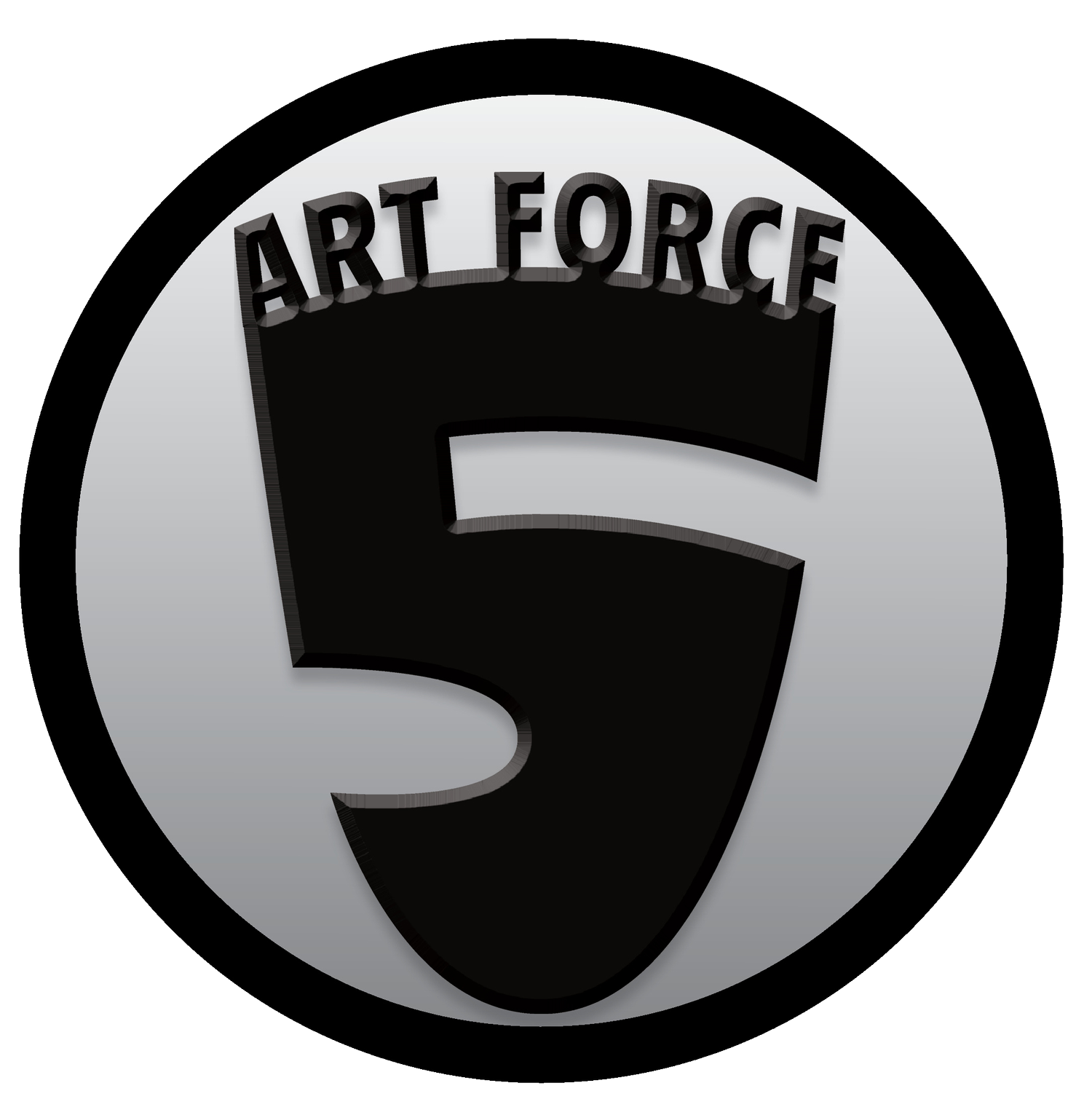Art Force 5 to honor Sgt. Henry Johnson on Memorial Day Weekend.
Governors Island, NY - The Art Force 5, a team of art educators, will pay tribute in May to the legacy of Sgt. Henry Johnson, a national guard infantryman from Harlem's famed 15th Regiment. Art Force 5 uses the accessibility of art and the popularity of superheroes to achieve a 5-point mission to promote equality, inspire creativity, teach history, strengthen communities, and sow empathy.
The Henry Johnson tribute will ask volunteers to spend five minutes painting one tile in a comic-styled mosaic featuring a rendered photograph of Johnson and three panels depicting his life story. The Art Force 5, which consists of college students from throughout the SUNY system, will then educate participants on the story of Johnson.
Points include;
In 1917, Johnson served as a Redcap Porter at an Albany train station, a baggage handler who worked directly at the station but likely aspired to be a Pullman Porter, the staff directly on the sleeping cars. The subservient and ever-smiling porter occupation was seen as a position of high stature in the African-American community despite the numerous oppressive conditions, including the widely-accepted practice of all Pullman Porters being called "George" rather than by name, a nod to George Pullman, railroad car industrialist.
By May 1918, Johnson was serving as part of the 369th regiment (formerly Harlem's 15 Regiment nicknamed The Rattlers) when he and Needham Roberts were standing guard on the front line between French and German forces. The two were attacked by German platoon(s) and despite being severely injured and Roberts almost captured, Johnson fought off the Germans with his Bolo knife until the Germans retreated. The commanding officer and news reporters all speculated on how many Germans were kill and/or retreated, sometimes the numbers exceeding 25. For a man of small-stature, Johnson was portrayed in illustrations as a much larger, beast-like figure, almost gone wild. This chapter in his life speaks to the way media portrays the African-American males as a threat that should be feared and still resonates today in some debates about the portrayal and treatment of young Black men as more hostile or threatening.
The last panel depicts the Medal of Honor, which was posthumously awarded to Johnson in 2015 and reflects the inequity in the treatment of war heroes. Johnson was shunned for speaking out about inequality in the military and did not receive the disability pay often withheld from veterans of color.
The mosaic story of Henry Johnson will be painted and discussed on May 25-28, 2018 on Governors Island, where the power of art and the history of military intersect on a beautiful space just a 5-minute ferry ride from Manhattan.
